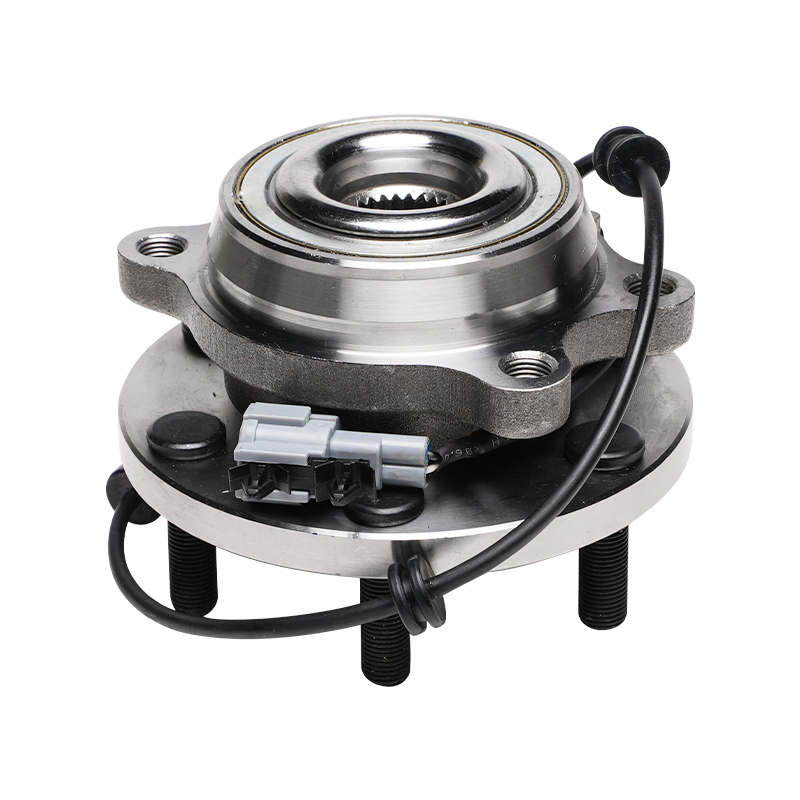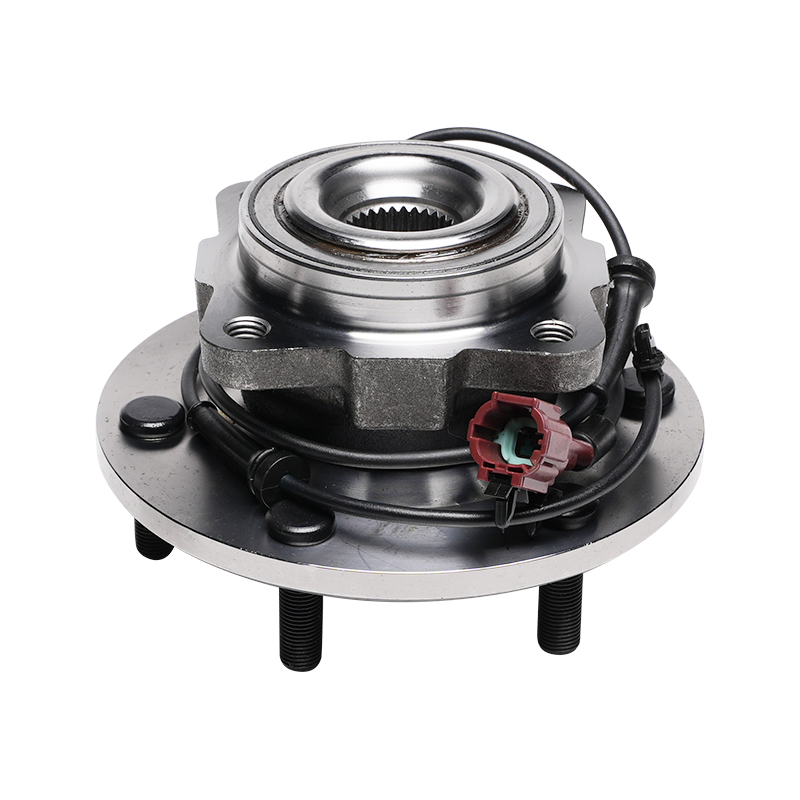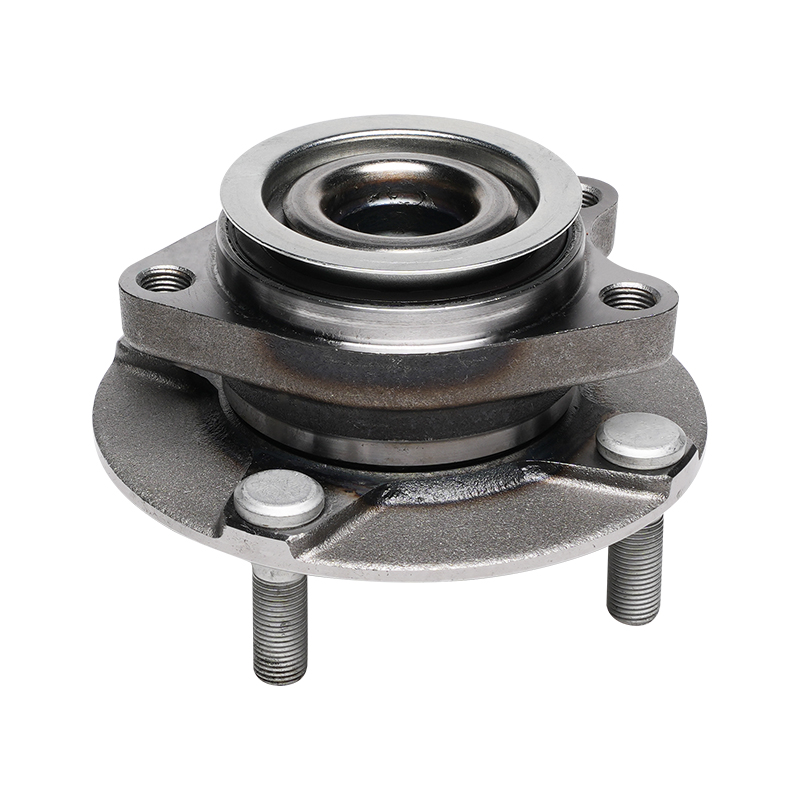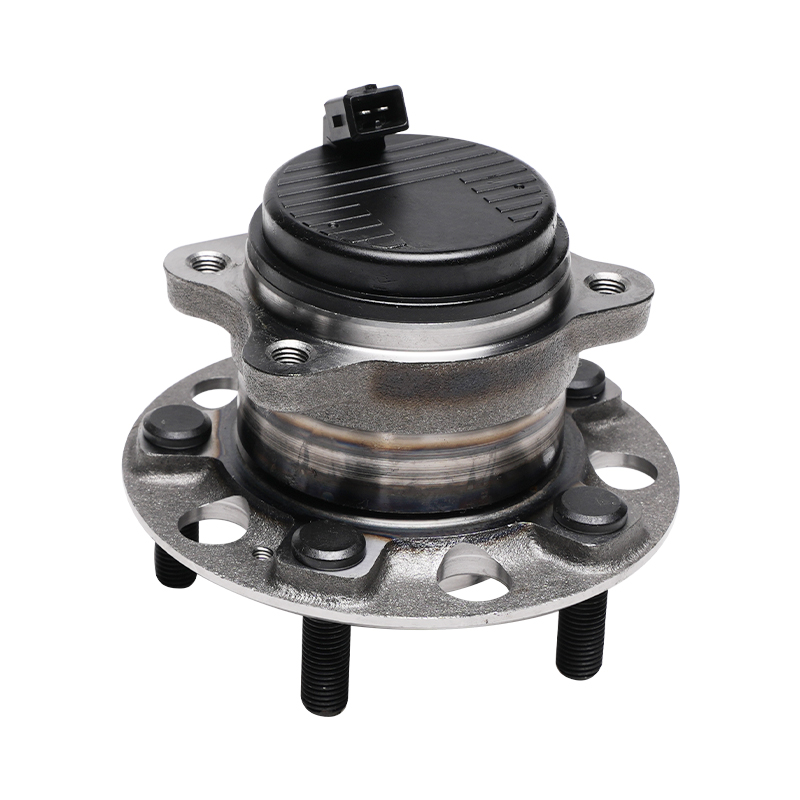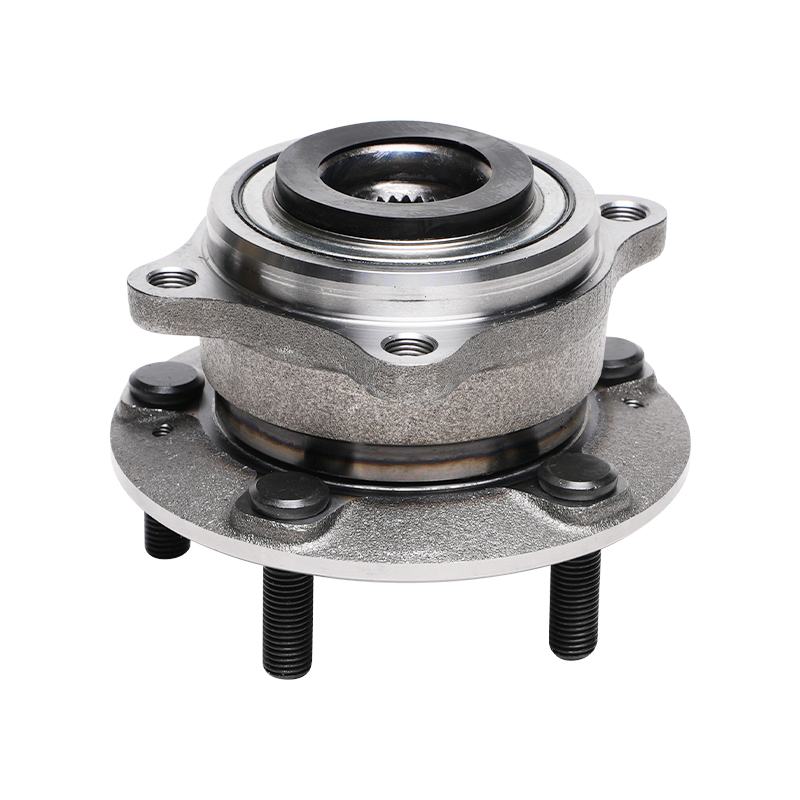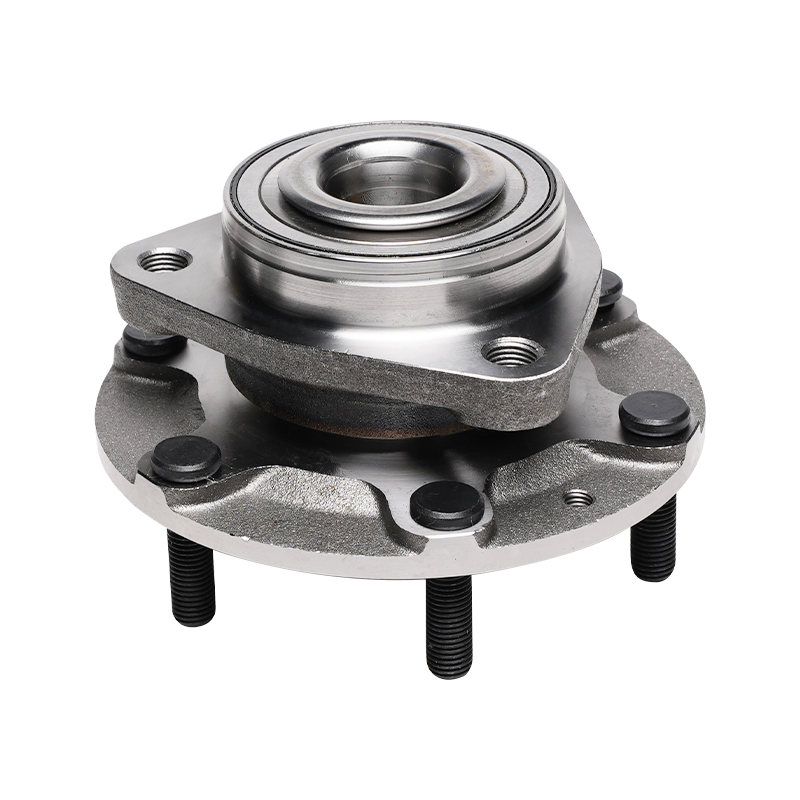Request for a call today
Wheel hub assemblies: The core that keeps wheels turning
 2025.08.22
2025.08.22
 Industry News
Industry News
In the automotive parts industry, there's a key component that's often overlooked, yet plays a crucial role in vehicle safety and performance: the wheel hub assembly. From the early days of simple wheel hub and bearing combinations to today's highly integrated, multi-functional precision assemblies, the development of wheel hub units bears witness to the automotive industry's relentless pursuit of efficiency, safety, and convenience.
The Evolution of Wheel Hub Assemblies and the Advantages of Integration
In the early days of automobiles, wheel hubs and bearings were separate components, making installation and maintenance cumbersome. With the rapid advancement of automotive technology, wheel hub units emerged to simplify structure and improve performance. Modern wheel hub units integrate components such as the wheel hub, bearings, seals, and sensors into a single, complete assembly.
This integrated design offers numerous advantages. It greatly simplifies the assembly process, eliminating the need for workers on the production line to individually install and debug multiple separate components, significantly improving production efficiency. Integration also ensures more precise coordination between components, reducing the probability of failures caused by assembly errors. Sealing performance has also been significantly improved. The tight integration of the sealing ring with other components effectively prevents external impurities such as dust and moisture from entering the bearing, preventing grease loss and premature bearing wear, thereby extending the life of the wheel hub unit.
Core Structure and Working Principle of the Wheel Hub Unit
A deeper look at the wheel hub unit's construction reveals that the bearing is its core component, typically employing double-row angular contact ball bearings or tapered roller bearings. These bearings are specially designed to withstand both radial and axial loads, ensuring that the wheel can stably support the vehicle's weight during driving and handle the forces generated by various operating conditions, such as steering, acceleration, and braking.
The bearing is filled with high-quality grease, providing continuous lubrication to the rolling elements and reducing friction and wear. The sealing ring acts as a solid "barrier," tightly fitting between the inner and outer rings of the bearing. It not only prevents grease leakage but also protects against the ingress of external contaminants, ensuring a long-term optimal operating environment for the bearing.
On vehicles equipped with ABS (anti-lock braking systems), the wheel hub unit also incorporates a wheel speed sensor. Sensors sense signals from the rotating wheel ring gear and transmit wheel speed information to the vehicle's electronic control unit (ECU). Based on this information, the ECU precisely controls the braking system to prevent wheel lock during braking, improving braking safety and handling stability.

When the vehicle is moving, power is transmitted to the wheel hub unit through the drivetrain, causing the rolling elements in the bearings to begin rolling, driving the wheel hub and wheel to rotate together. During this process, the bearings continuously withstand forces from all directions. Meanwhile, wheel speed sensors monitor the wheel speed in real time, providing data support to the vehicle's various control systems to ensure smooth and safe driving.
Performance Requirements and Testing of Wheel Hub Units
Due to their critical role in vehicle operation, wheel hub units are subject to stringent performance requirements. First and foremost, they must be able to stably support the weight of the vehicle body and maintain structural strength without deformation or damage, even when fully loaded and on bumpy roads.
Rotational accuracy is also a crucial factor. Highly accurate rotation ensures smooth wheel rotation, reduces vibration and noise during driving, and enhances driving comfort. Fatigue resistance is crucial. During long-term vehicle operation, wheel hub units are subjected to countless load cycles. Excellent fatigue resistance is crucial to preventing premature failures such as fatigue cracks.
To ensure that wheel hub units meet these performance requirements, a series of rigorous tests are conducted during the production process. Dynamic load testing simulates the actual stresses experienced during vehicle operation, verifying the hub unit's operating conditions under varying loads and speeds. Rotational accuracy testing utilizes high-precision instruments to measure parameters such as radial and axial runout during rotation. Seal testing verifies that the seals effectively prevent leakage by applying pressure or using a specific test medium inside the sealed hub unit. Only wheel hub units that pass these tests are approved for use in vehicles, ensuring safe operation.
Wheel Hub Unit Maintenance and Troubleshooting
Although wheel hub units offer high reliability, routine maintenance and timely troubleshooting remain essential. Regular inspections of the hub unit's operating condition are essential during routine vehicle maintenance. Listening for unusual humming or grinding noises in the wheel hub during operation may indicate bearing wear or poor lubrication. You can also feel the wheel hub to feel for any abnormal heating. Overheating usually indicates excessive internal friction.
If a wheel hub unit is faulty, it should be promptly repaired or replaced. When replacing a wheel hub unit, select one that matches the vehicle model and ensures its specifications and parameters are consistent with the original manufacturer. During installation, strictly follow the operating procedures to ensure precision and a tight seal, and avoid further malfunctions caused by improper installation.
As a key component in the vehicle's driving system, the performance of wheel hub assemblies is directly related to the vehicle's safety, comfort, and reliability. From its evolutionary history, core structure, and operating principles to performance requirements, maintenance, and future development trends, every aspect reflects its crucial role in the automotive industry. As automotive technology continues to advance, wheel hub units will also continue to innovate, providing stronger support for automotive development.

